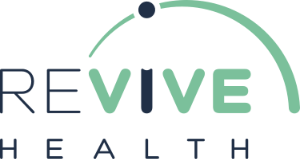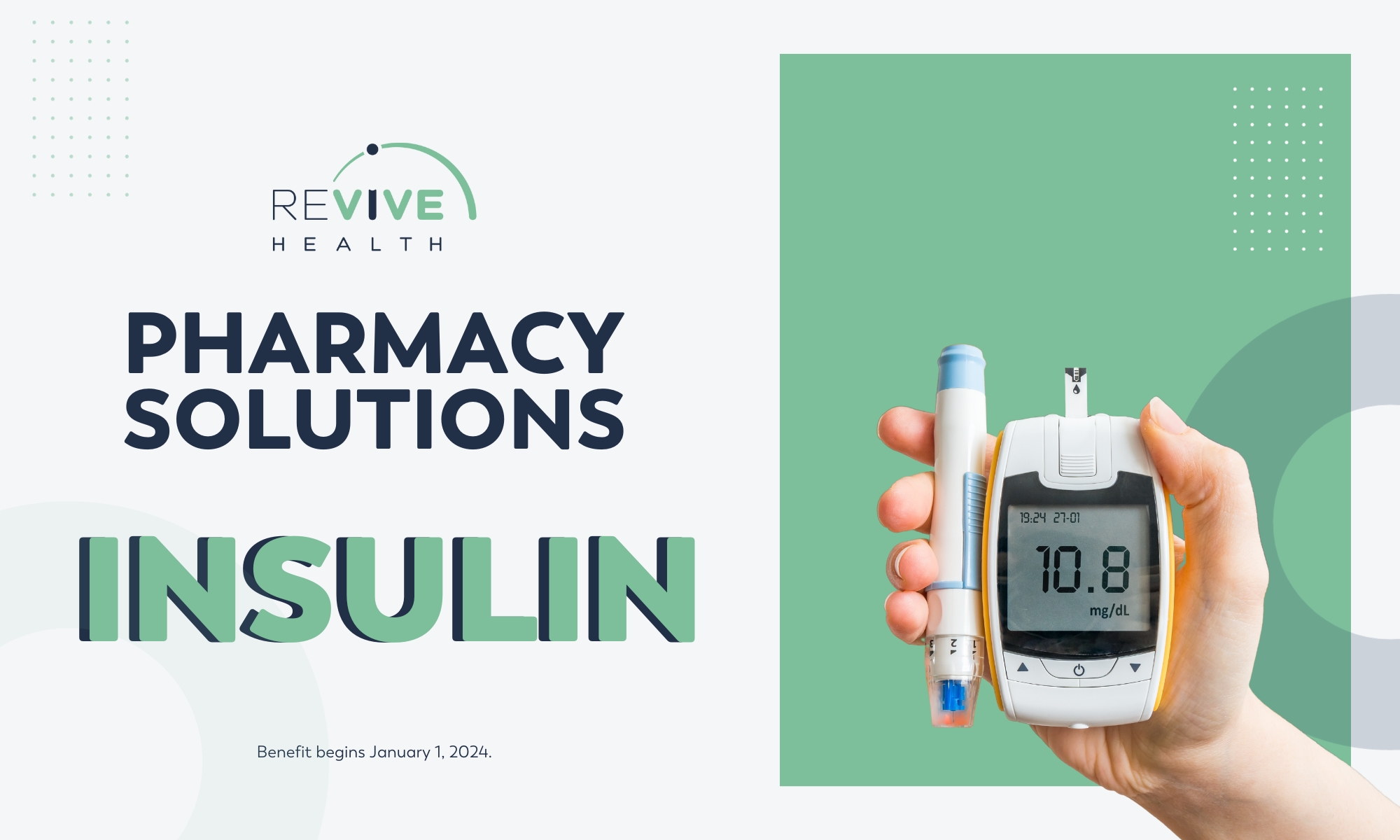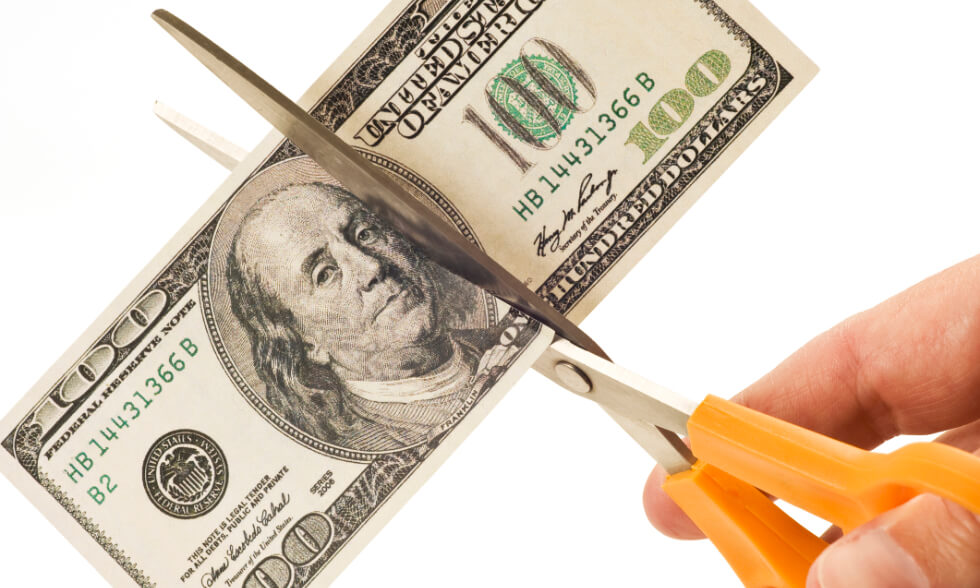For many Americans, a trip to the doctor hinges on whether they can afford to go, rather than if it’s a medical necessity.
Over the past year, 22% of Americans say they have steered clear of some sort of medical care — including doctor visits, medications, vaccinations, annual exams, screenings, vision checks and routine blood work — because of the expense.
Additionally, 15% report that another family member in their household decided to forgo medical care because it was too expensive.
The cost of medical care services in U.S. cities increased an average of 5.3% over the past 12 months ending in February, according to the Bureau of Labor Statistics’ consumer price index.
Why Are Medications So Expensive?
It’s not just the care that Americans are struggling to cover, it’s also their medications. Last year, Kaiser Family Foundation found 29% of Americans failed to take their medications as prescribed because of the cost, with about 19% of respondents saying they did not fill the prescription and 12% saying they cut pills in half or skipped a dose.
About half of Americans report taking at least one prescription drug, but most actually can’t afford to do so. Unsurprisingly, the more prescriptions you have, or the more each drug costs, the harder it becomes to afford.
How To Mitigate Healthcare Costs
Estimating the cost of even a simple doctor’s visit can be challenging, especially if you’re uninsured or have a high-deductible health insurance plan that doesn’t have copays. Of those who incurred health care expenses over the past year, half say their bills were more expensive than they anticipated.
These increased costs can create financial strain for many Americans. Studies show that about 9% of those who had health care expenses in the past year say they took on substantial debt to pay their medical bills. About 18% report having to borrow money, either from friends or family, their retirement accounts or through home equity. Health care costs are increasing quickly, leaving many Americans with no choice but to dip into savings to afford care.
Making Health Care More Affordable
One way to help avoid medical debt is to build up a financial cushion, either through an emergency savings account or by contributing to a health savings account or flexible spending account.
FSAs and HSAs are also tools that give you the option of putting money directly from your paycheck tax-free into a dedicated account to be used for out-of-pocket health care costs, or to reduce the cost of other related medical expenses, such as dental and vision.
HSAs allow users to contribute up to $3,550 per year for self coverage and up to $7,100 for family coverage in 2020 (more if you’re 55 or over) — and there are no use-it-or-lose-it policies. Unfortunately, these HSAs are generally only available for those with high-deductible health insurance plans.
If you don’t have an HSA, it can be quite difficult to save on health care costs and spare your budget. Fortunately, there is a new form of user-friendly health care plan that promises to reduce costs. Subscription membership plans are fee-based, non-risk membership programs that cover everyday care without deductibles, copayments, or confusing paperwork. The members pay a low monthly fee in exchange for care and prescriptions they need without worrying about the out-of-pocket costs of basic care and medications. ReviveHealth is a virtual care plan that provides these solutions and is filling this gap in all 50 States for members.
You can also set up a separate savings account specifically for health expenses. If you open a new account, look for a high-yield online option offered by banks like Marcus by Goldman Sachs (1.70% APY) or HSBC Direct’s savings account (1.85% APY). While the Federal Reserve’s emergency rate cut will likely continue to drive down interest rates on savings accounts, an online savings account will likely still net you a higher rate than the national average of 0.09% APY.
Beyond saving more, research treatment prices in advance either through your insurance provider’s website or by calling customer service. You can also check out third-party estimates from sites like Clear Health Costs, FAIR Health and Healthcare Bluebook. Health care experts also recommend talking with your medical provider about your ability to afford non-emergency treatments.
Summary
The rising cost of health care in the United States is forcing many Americans to cut back their plans or forgo care altogether. As such, people need an affordable care option that fills the gap of traditional health care coverage. ReviveHealth is a virtual subscription-based care plan that provides a solution to this issue by filling this gap in all 50 States for members. Speak to your employer, broker, or consultant about these membership-based subscription plans today.





